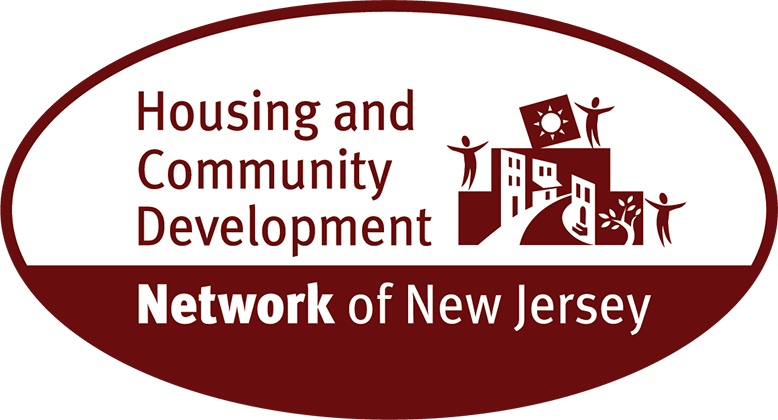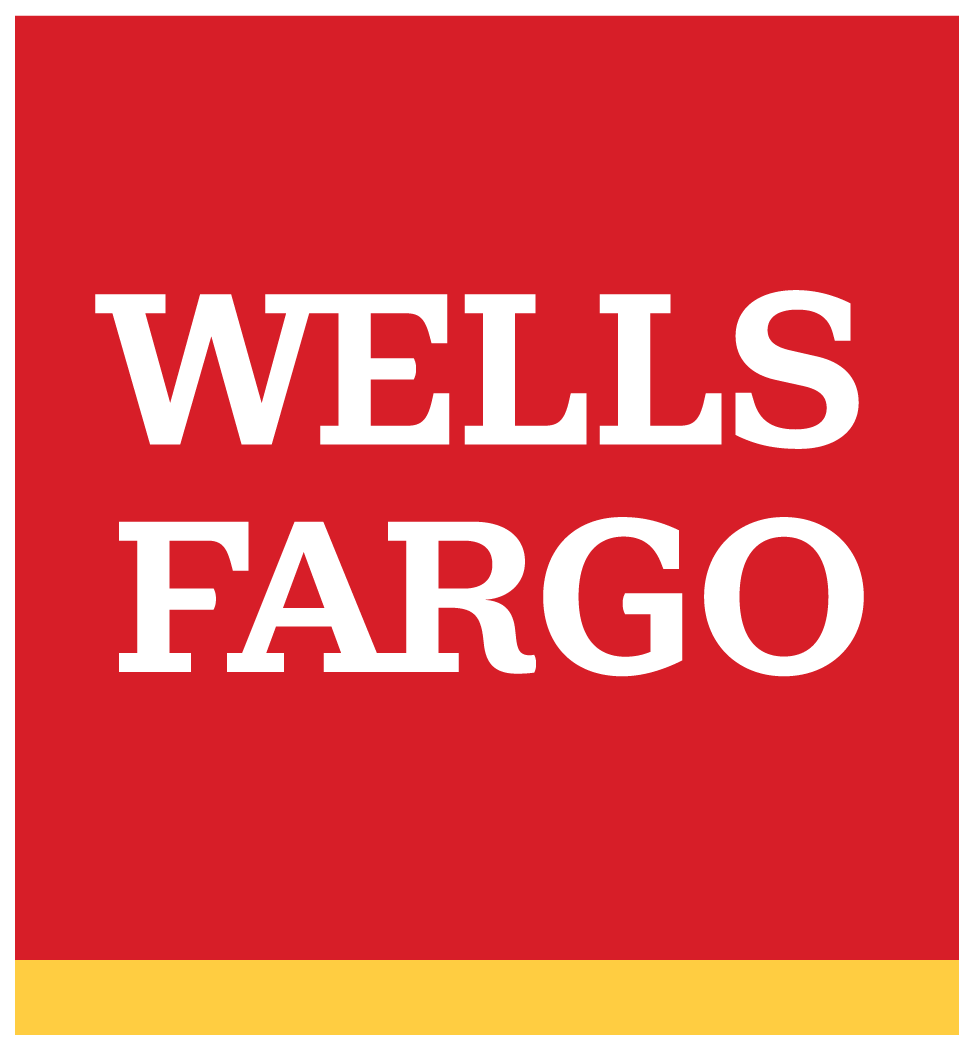| From blight to hope in 25 years |
|
michaelstephendaigle.com Published February 10, 2015 By Michael Daigle These are the places we drive an extra block to avoid, the dark places with plywood for windows, broken siding for walls, knee-high grass. The blocks of hollow storefronts, locked gated doors, “For Sale” signs angled on brickface. The places left behind when the green lawns of suburbia whispered in our ears. They are on main streets and side streets and we narrow our vision as we drive by, nervous to imagine what is hiding in the shady recesses. The city can’t fix them and developers ignore them – No waterfront. So they rot. And we wish they weren’t there and the politicians shrug their shoulders while they rub elbows with the developers who dream of high-rises on the Gold Coast.This is an old story, but one in New Jersey that also has a pathetic legacy of prejudice and political self-serving: a lawsuit to find acceptable rules to build affordable and non-discriminatory housing is still in court more than 40 years after it was filed; plans to rebuild and support urban schools are still scorned and incomplete. Instead state politicians claim as progress tax breaks given to large corporations to move from one large New Jersey office park to one in another New Jersey town, filling one hole while leaving another. And all this while a plan for tax breaks for small businesses in struggling downtowns goes unfunded. Fortunately for the state’s residents, someone was paying attention to the needs of the average working folks. This group reinvented itself, responded to financial challenges by devising new fund-raising models, tapped into the desire of thousands of volunteers to improve their communities and went to work. The result, according to a new report, “Stronger Together,” by the Housing and Community Development Network of New Jersey, an association of 250 statewide community development corporations, has been a $12 billion investment in the state’s economy over the past 25 years. Read the report here: http://tinyurl.com/economicimpactstudy. Think about it: If a corporation sank $12 billion into the state over that time, its name would be rightfully in the news. But this $12 billion was developed by small, local organizations, working at times one project at a time, one block, one family, one small business. Here are the details: 1,500 developments generated a $12 billion investment; added 82,000 jobs; $5.5 billion in wages; $320 million to state tax rolls. Also, job training for 10,500 residents; employed 10,000 permanent staff members; built and rehabilitated 21,000 affordable houses, and built over 2.5 million square feet of commercial space. More than just the numbers, is who these developments helped: People with disabilities; veterans, senior citizens, average working families, local business owners looking for a chance to grow and local workers seeking the chance to live where they work. As Blair Bravo, executive director of Morris Habitat for Humanities pointed out, Habitat families already live and work in the communities where they help Habitat build or renovate their new home. These are the cashiers, teachers, secretaries, delivery workers, restaurant workers, carpenters, janitors, and the complete roster of people who make communities function. Most of these families are paying well over the recommended 30 percent of their income for housing, Bravo said. Many pay 50 percent. This is the population identified in the United Way’s ALICE report, a groundbreaking study of the economic conditions of working families. The report points out in plain numbers, among other things, the impact of higher housing costs on those of limited earnings and how tenuous their hold on economic stability can be if some other factor changes, like an illness or loss of a vehicle. The ALICE report makes the same point Bravo made: These families are not “those people” moving into your community. They are already here and you rely on their services every day. The benefits of this work and investment are clear. Sometimes it’s one home in Hopatcong, a single three-story building vacant for 20 years in Elizabeth, a vacant office building converted to housing in Morris Township; renovations and new construction to add housing for veterans at Veterans Administration Lyons; the conversion of offices to housing in Pequannock; development of a new home in Hanover for developmentally disabled persons to allow them to be working, independent citizens; new apartments in Washington Township, Dover, Jefferson, Roxbury, Plainfield, Newark, Plainfield, Madison, Denville, Morristown, Flemington, Phillipsburg, Harding. Site by site, replacing blighted and underused lots with new, productive energy efficient housing and development. All across the state. Work done quietly, efficiently, with volunteers, professionals donating their services. A groundswell, a movement, a force. In Morristown, before the great saluted redevelopment started around 2010, Morris Habitat and Homeless Solutions, Inc. were redeveloping parts of the Second Ward with five or six concurrent projects, at the time in 2005-06, seemingly the only redevelopment taking place in the city. It was just change, quiet, growing, effective change. And there will be more. Since 1999, when the state began the transit village project to connect new development to public transportation, and boosting the centers of older urban areas, 28 cities, including Morristown, have been so designated. Housing, especially rental housing, is being built, shops are being opened, and more important, the places we used to live are coming back to life. No more manifest destiny as suburbia marched across green hills, no more sprawl. Mom and pop are selling the five-bedroom and renting on the Green. The kids are bored with the suburbs, according to Rutgers economist and development analyst James Hughes, and their parents have “suburban fatigue.” Corporations are looking at urban centers for work sites because the suburban kids they want to hire, the ones with the fancy computer skills, want to be in a “live, work, play” environment, Hughes said. No more driving five miles to the mall. Besides, he said, the millennials are not buying cars (yet). Companies look at the millions of square feet of empty offices in the state and wonder if they could make them more attractive with shops and housing and movie theaters, bus stops, bike lanes and walking paths. In other words, urban neighborhoods. In the end, those were not bad places to live, we just let them become bad places. As the HCDNNJ report shows, with a little work, vision and cash, they can become good again. |













